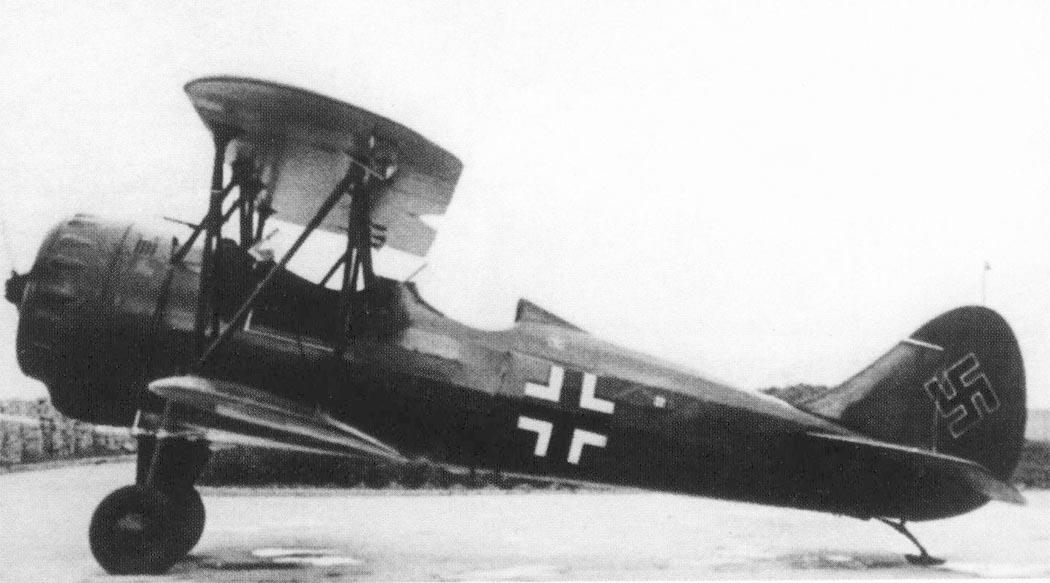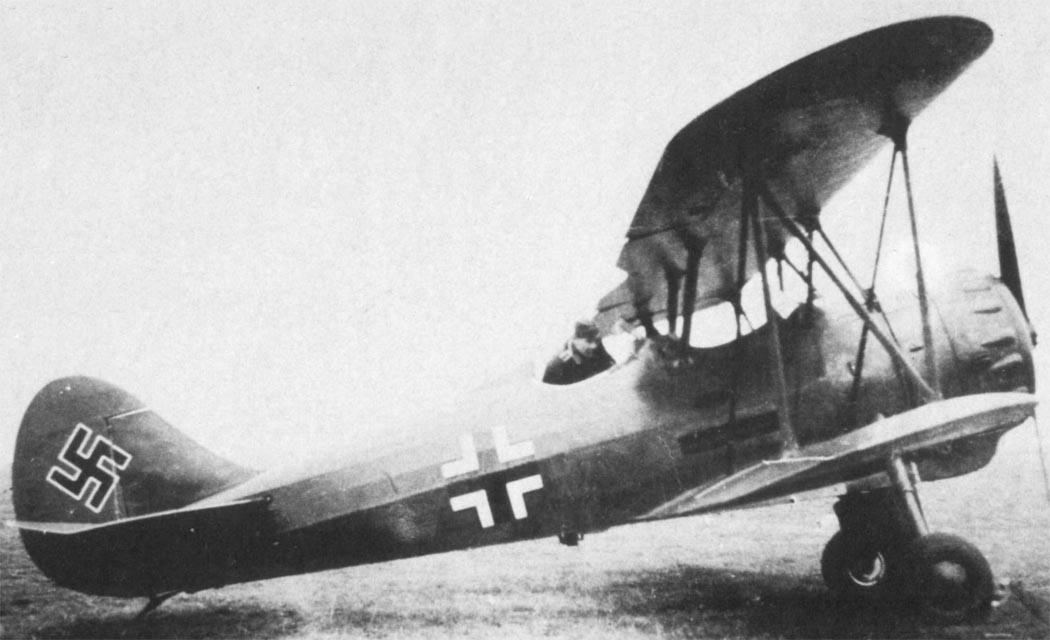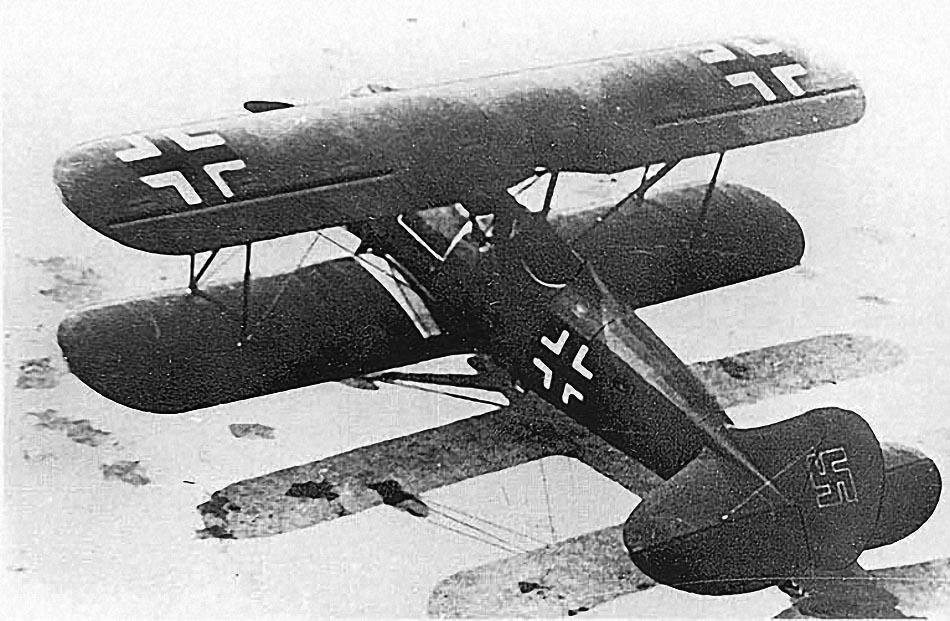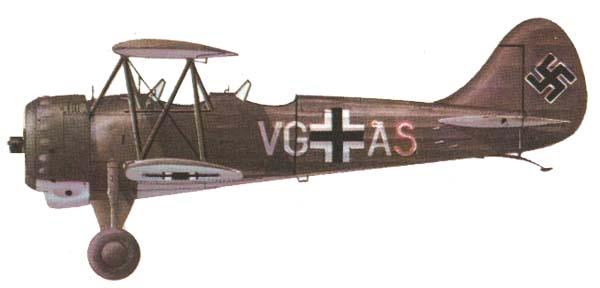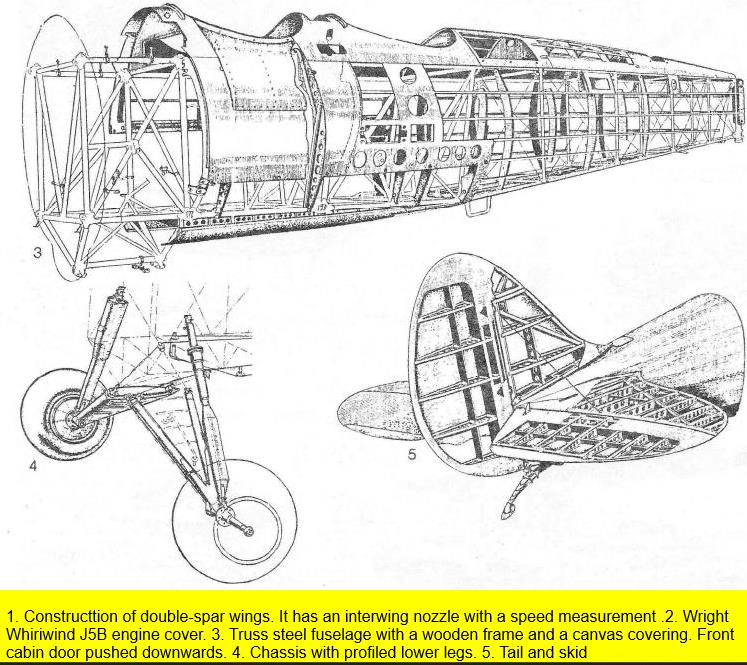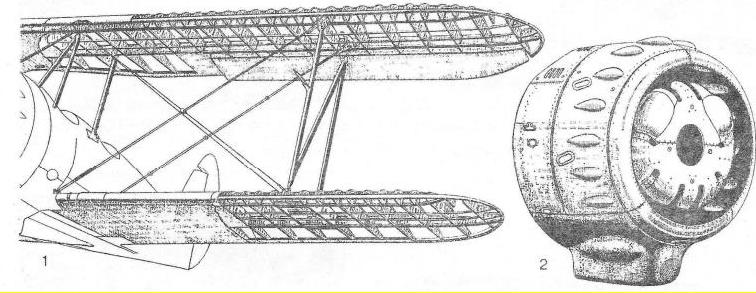| Type |
Two-seat trainer |
| Engine |
1 Wright Whirlwind J5b |
| Dimensions |
Length 7,0 m , height 2,90 m , span 9,0 m , wing area 25,0 m2 , |
| Weights |
Empty 885 kg, loaded , max. take off weight 1170 kg |
| Performance |
Max.. speed 201 km/h, cruising speed 172 km/h , range 460 km, endurance , service ceiling 4200 m , climb |
| Armament |
1 7.9 mm machine gun, two 12 kg bombs |
| Type |
Werk.Nr |
Registration |
History |
|
|
VG+AS |
|
In 1935, engineer Zdanievsky began modernizing the PWS-16bis aircraft. The new aircraft was designated PWS-26 and was intended for initial training of flight school cadets. A photo-machine gun, a machine gun and bomb racks were installed especially for the Air Force. In 1936, the aircraft was tested and put into service. The aircraft was built in a mass series - first 20 PWS-16bis were converted, and then in 1937 - 39. built another 300 aircraft, which received military numbers from 81-1 to 81-320.
The aircraft was widely used in flight schools and in training squadrons of air regiments. It is clear that they widely participated in the battles of September 1939. So, in one case, Lieutenant Jan Falkowski on such an aircraft was attacked by a group of Bf.109s, but was able not only to escape from his pursuers, but also observed the fall of one enemy, who lost control during maneuvering. The Germans captured 30 PWS-26s, of which 28 aircraft were transferred to Romania.
